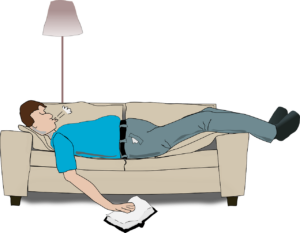News
Get your semen tested on the sofa
This article is more than 10 years old.
Introducing SwimCount: the only reliable male fertility home test on the market

New Danish company aims to take the awkwardness out of sperm testing (photo: Pixabay)
With an estimated 15-20 percent of Danish men infertile due to poor sperm quality, there is a need for more timely action when it comes to fertility treatment.
However, visiting a fertility clinic can be an overwhelming experience, and many men are unaware of their sperm quality.
But now a new Danish-developed sperm count test, SwimCount, enables men to become aware of their sperm quality from the safety of their own sofa, sparing men the awkwardness of a visit to the doctor’s.
The test, which provides an answer within 30 minutes, measures the number of sperm per millilitre and the ability of sperm to swim, thereby encouraging couples to take timely action if the man’s sperm quality is low.
The test has just been CE-approved and is ready for sale in Europe.
No more awkwardness
According to fertility doctor Steen Laursen, the test was created to break the taboo and fear of going to the doctor and to encourage more men to act in good time.
Laursen asserts that he often encounters Danish men who have avoided seeking medical attention due to the fact that they find it embarrassing to have a low sperm count. Many also feel that the semen sampling process is awkward and uncomfortable.
“We hope SwimCount will encourage couples to seek treatment before it’s too late. After all, that is the reason the project is today’s reality,” he told Metroxpress.
Not all are convinced
However, for Astrid Højgaard, the chief physician at the sexology clinic at Aalborg University, home sperm tests raise a number of unanswered questions.
“We know that a man’s manhood is closely bound to the idea of having a good sperm count, and for this reason, we know it can be stressful to get a bad result. But what should the man do, sitting all alone on the sofa with proof of a low sperm count?” she asked Metroxpress.
“There has to be someone around to advise him. We know from studies that semen samples fluctuate from day to day, and it can be a poor reading because of a number of variable factors, including illness. Someone must make him aware of that.”










































